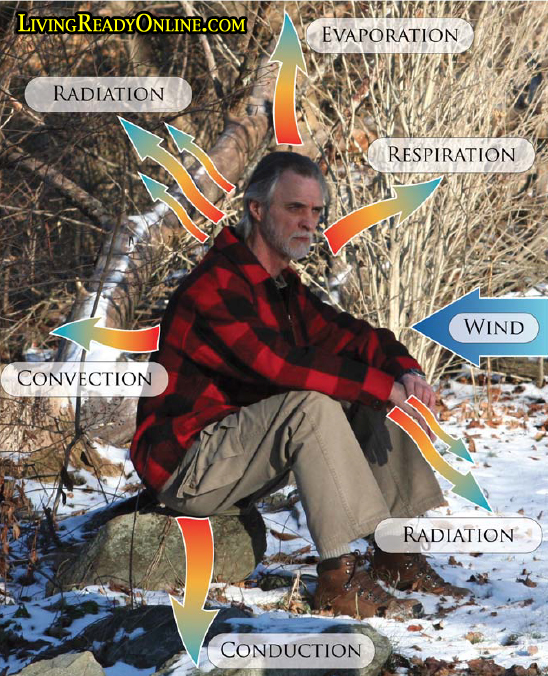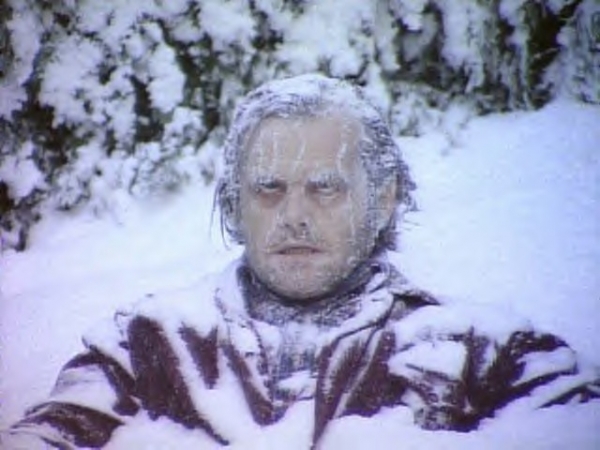Written by Wild Bill on The Prepper Journal.
Editors Note: Another guest contribution from Scott Hamilton to The Prepper Journal. If you have information for Preppers that you would like to share then enter into the Prepper Writing Contest with a chance to win one of three Amazon Gift Cards with the top prize being a $300 card to purchase your own prepping supplies!
You don’t have to hang up your hiking gear just because the temperatures are dropping. Hiking in the winter can be a great way to test your mettle and explore a literal winter wonderland. If you’re planning on heading out to hike, here is a comprehensive list of everything you need to survive a winter hiking trip. Keep in mind that we’re not talking about an afternoon hike though – this is a list of things that you’ll need to survive a more extreme winter hike.
Stay Warm
This might be a given, but it’s essential, so it merits mentioning. Don’t cheap out on your clothing or equipment if you’re heading out into the wilds. A good set of winter hiking equipment might seem expensive, but with a set of high-quality gear, you don’t necessarily even need to haul a tent with you! You could be perfectly warm sleeping in the snow- though we don’t recommend it.
Look for well-insulated clothes that are made with moisture-wicking material to keep you dry even if you’re sweating – wet clothing draws more heat away from your body than being naked in the snow, so it’s vitally important to stay dry.
Calorie Up
You already know how important it is to get enough calories while you’re out hiking. If you’re out in the winter, you will need even more calories than you would typically consume on a hike. Being out in the cold will make you feel hungrier, and eating can help to keep you warm due to the heat released during digestion. While you might not burn more calories when you’re cold, you will need to eat more food to stay fueled during your cold-weather hike.

You also need to make sure that you’re drinking enough water while you’re hiking. If it’s cold enough that your water supplies might freeze, keep them in insulated containers so you’ll always have something to drink. Don’t eat snow unless you have a chance to melt it and treat it – even clean looking snow can harbor bacteria that could make you sick which is the last thing you need when you’re miles from the nearest signs of civilization.
Pick a Location
Pick a place where you want to hike. You’d be surprised how many options to have available during the winter months. Even areas that are typically filled to the brim with tourists during the warmer months will be empty or mostly empty during the winter. Yellowstone, for example, is almost always packed with people when the weather is warm trying to get a glimpse of the bison that populate the park or crowding around Old Faithful for a look at the geyser.

In the winter in Yellowstone, you don’t have to go looking for bison – they’re all huddled around the hot springs trying to stay warm, and all the ordinarily crowded tourist attractions are nearly empty. You will likely also be able to spot a lot more wildlife than you would during the warmer months, as wolves and other animals venture out of their dens to find food.
Pick a Campsite
You need to be smart about picking your campsite if you’re hiking during the winter. In the summer, you would likely avoid low-lying sites because of the risk of flash floods. In the winter you don’t have the flood risk, but you should still avoid low-lying campsites. Cold air is denser and sinks into valleys and other low areas, making it colder there than it would be on a hill or mountaintop.

Keep an eye on the snow as well, and look out for animal prints. If you see a lot of prints, especially those of predators like wolves or big cats, you know that you’ve found a game trail and shouldn’t drop your tent there. Seeing wolves or other big predators on a winter hike is impressive – from a distance.
Mind Your Batteries
You probably have more than a few battery powered tools that you bring with you on a hike, from your cell phone and GPS to flashlights or chargers. If you’re going to be out in the cold, stick with products that use lithium batteries. Alkaline batteries – like D-Cell or AA – will start to lose power as soon as the temperature drops below freezing which could leave you in the dark or lost in the woods.
If you have to use products with alkaline batteries, keep them warm and insulated in your pack or near your body. Even rechargeable alkaline batteries are susceptible to this power loss, so keep that in mind when you select your hiking electronics.
Be Mindful of Cold Injuries
There are two things that you need to worry about when you’re hiking in the winter – frostbite, and hypothermia. Knowing the symptoms of both can help you prevent long-term injuries.
Frostbite is caused when the skin and surrounding tissue freeze due to exposure. Frostbite symptoms include skin that looks pale or waxy. The area might also be painful or numb. In its early stages, know as frost-nip, it can be treated by simply warming the effected area if warming the area results in blisters though it could indicate a deeper problem that needs to be treated by a medical professional.
Hypothermia is what happens when your body’s core temperature drops far below average. Mild hypothermia can show up as shivering and clumsiness, while severe hypothermia symptoms include significant changes in behavior. Shivering will also stop during the final stages of hypothermia because the body’s energy supplies are depleted. Getting warm is the first step toward treating hypothermia, but if you’ve progressed to moderate or severe symptoms, it’s time to head home or call for help.
Hiking during the winter months can be a transcendent experience, but only if you’re prepared and careful. Don’t hang up your hiking gear just because the temperature is dropping. Just swap out your warm weather clothing and equipment for thicker clothing and a tent and sleeping bag that can help you weather the cooler temperatures safely.
Follow The Prepper Journal on Facebook!
The post Everything You Need to Survive a Winter Hiking Trip appeared first on The Prepper Journal.
from The Prepper Journal
Don't forget to visit the store and pick up some gear at The COR Outfitters. How prepared are you for emergencies?
#SurvivalFirestarter #SurvivalBugOutBackpack #PrepperSurvivalPack #SHTFGear #SHTFBag







No comments:
Post a Comment